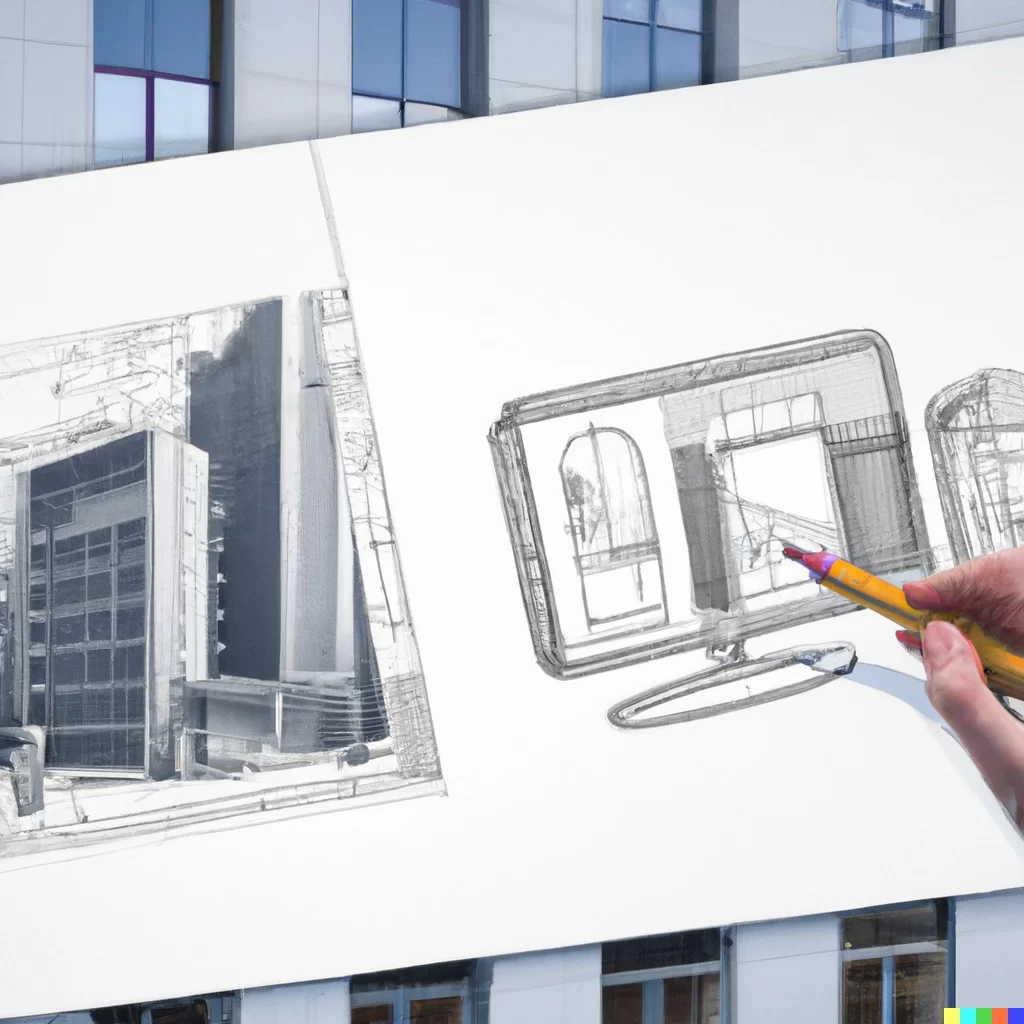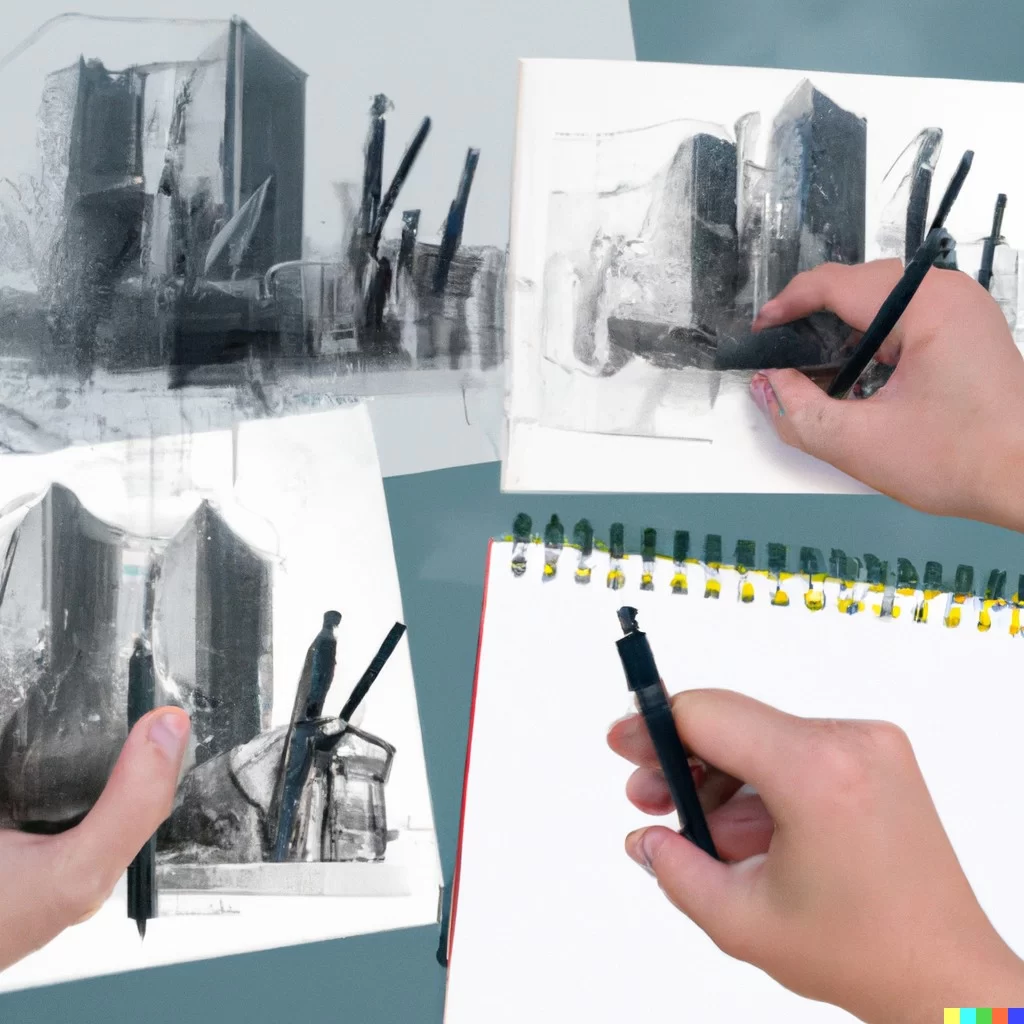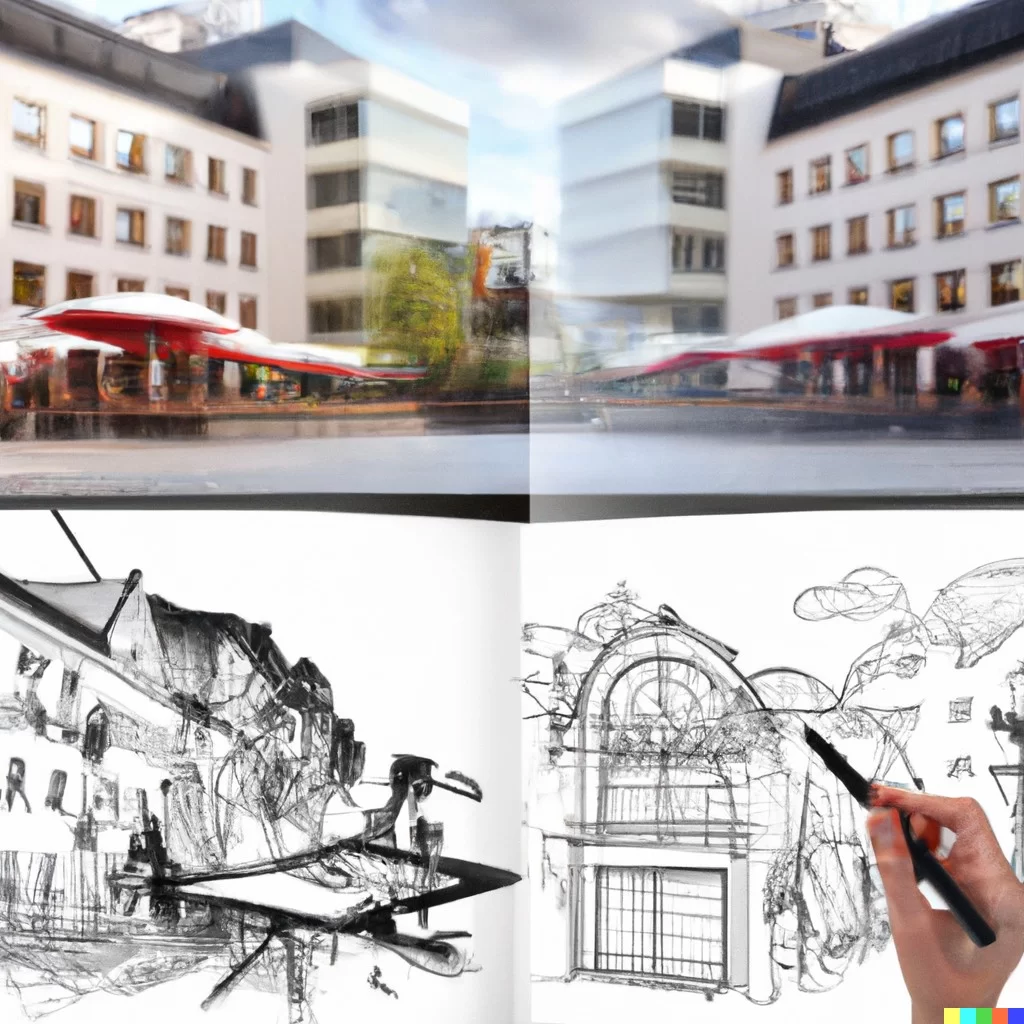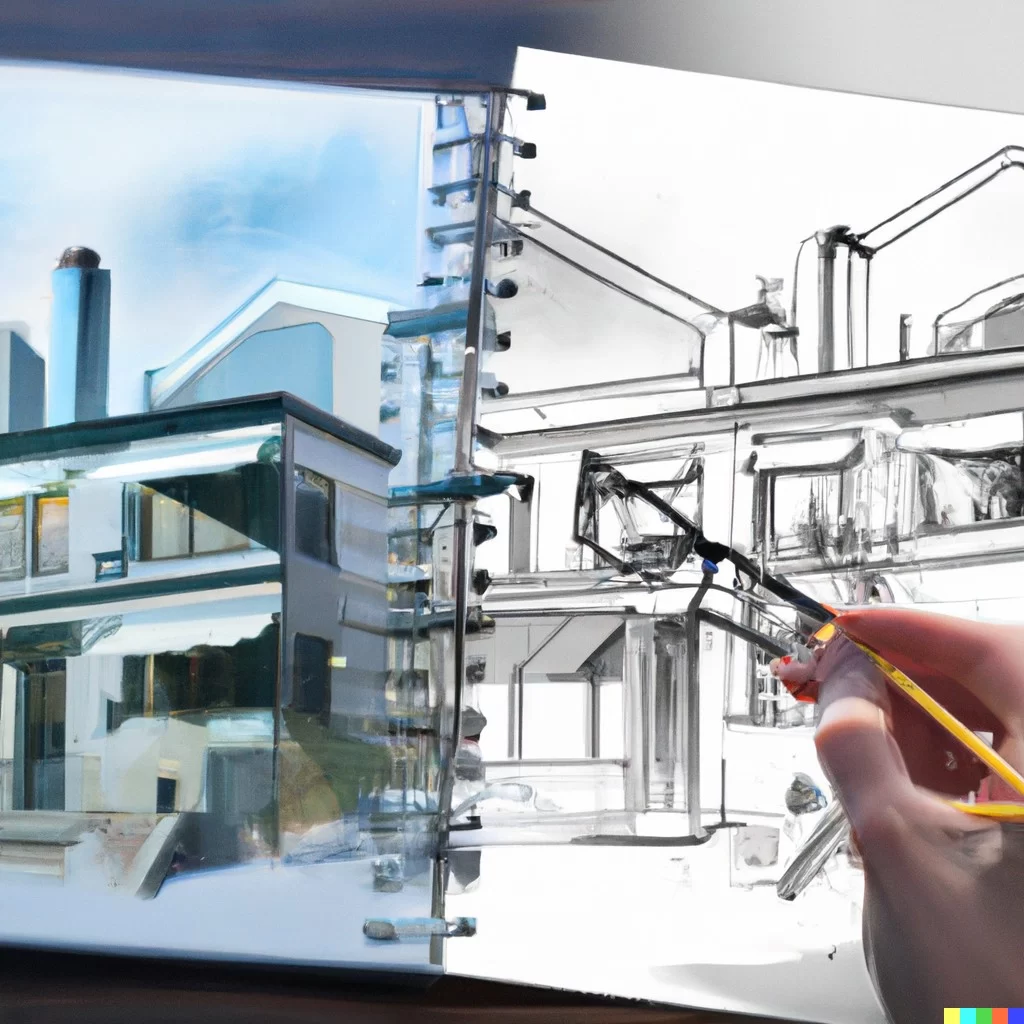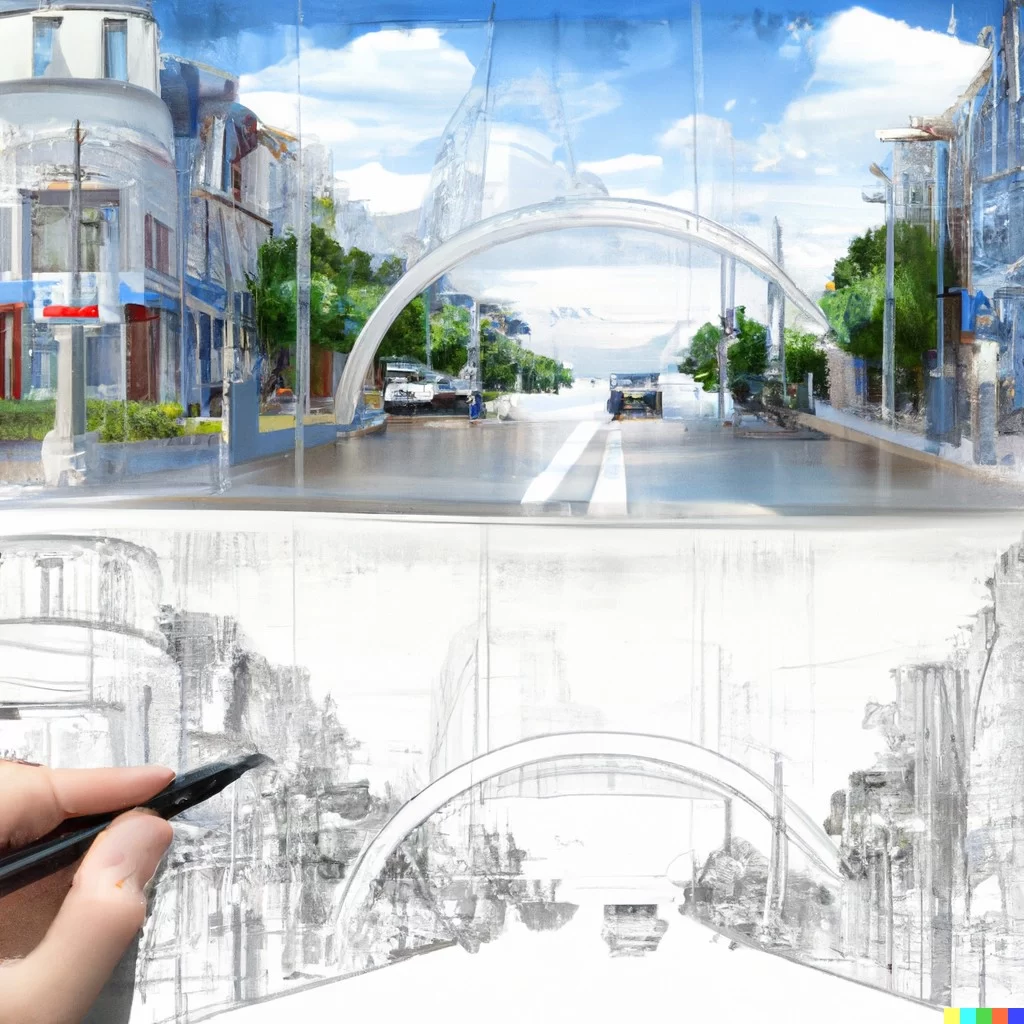Architectural concept design is an essential stage in any construction project. It involves the creation of ideas and preliminary plans for a building’s form, function, and aesthetics. Architects often begin this process by sketching their ideas on paper or using digital tools like Photoshop or SketchUp. However, these sketches are often two-dimensional and lack the details necessary to create a comprehensive design.
That’s where 3D modeling comes in. By creating a three-dimensional representation of an architectural concept, architects and designers can better visualize the space and identify any design flaws or issues. In this article, we’ll explore the benefits of using 3D modeling for architectural concept design and how it can bring a sketch to reality.
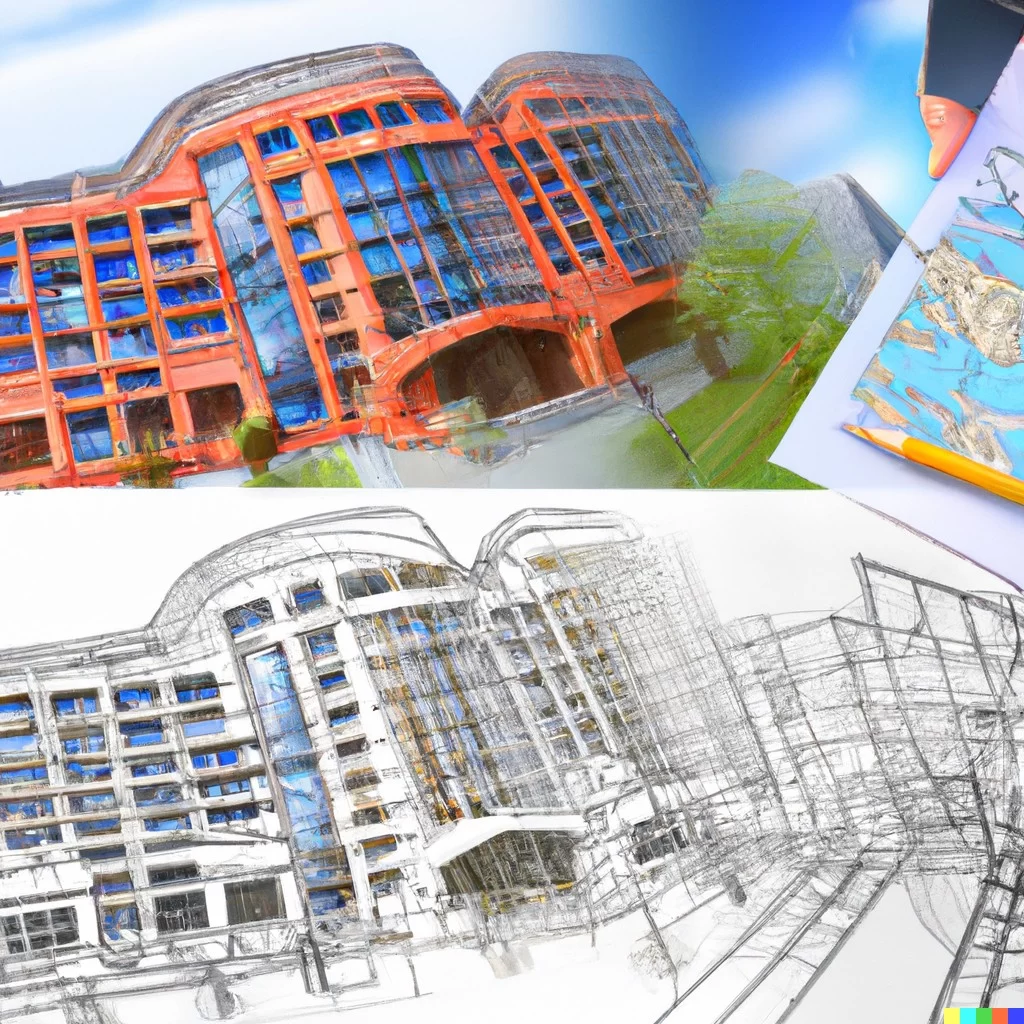
Better Visualization
One of the primary benefits of 3D modeling is that it provides a more accurate and detailed representation of a building’s design. With a 3D model, architects and designers can better visualize how the building will look and feel in real life, from the exterior to the interior spaces.
This enhanced visualization can help architects identify any design flaws or issues that may not have been apparent in a two-dimensional sketch. For example, a 3D model may reveal that a particular design element may not work well with the overall structure or that a particular material may not be feasible for a particular location or use. By catching these issues early on, architects can make adjustments to the design before construction begins, potentially saving time and money in the long run.

Effective Communication
Another advantage of 3D modeling is that it can be an effective tool for communication. With a 3D model, architects can present their ideas to clients, contractors, and other stakeholders in a more engaging and understandable way. Clients may find it easier to visualize the final product when presented with a 3D model, and contractors can better understand the design intent and construction details.
In addition, 3D models can help to minimize miscommunication and errors during the construction process. By providing a clear visual representation of the design, contractors can refer to the 3D model for guidance and ensure that their work aligns with the architect’s vision.
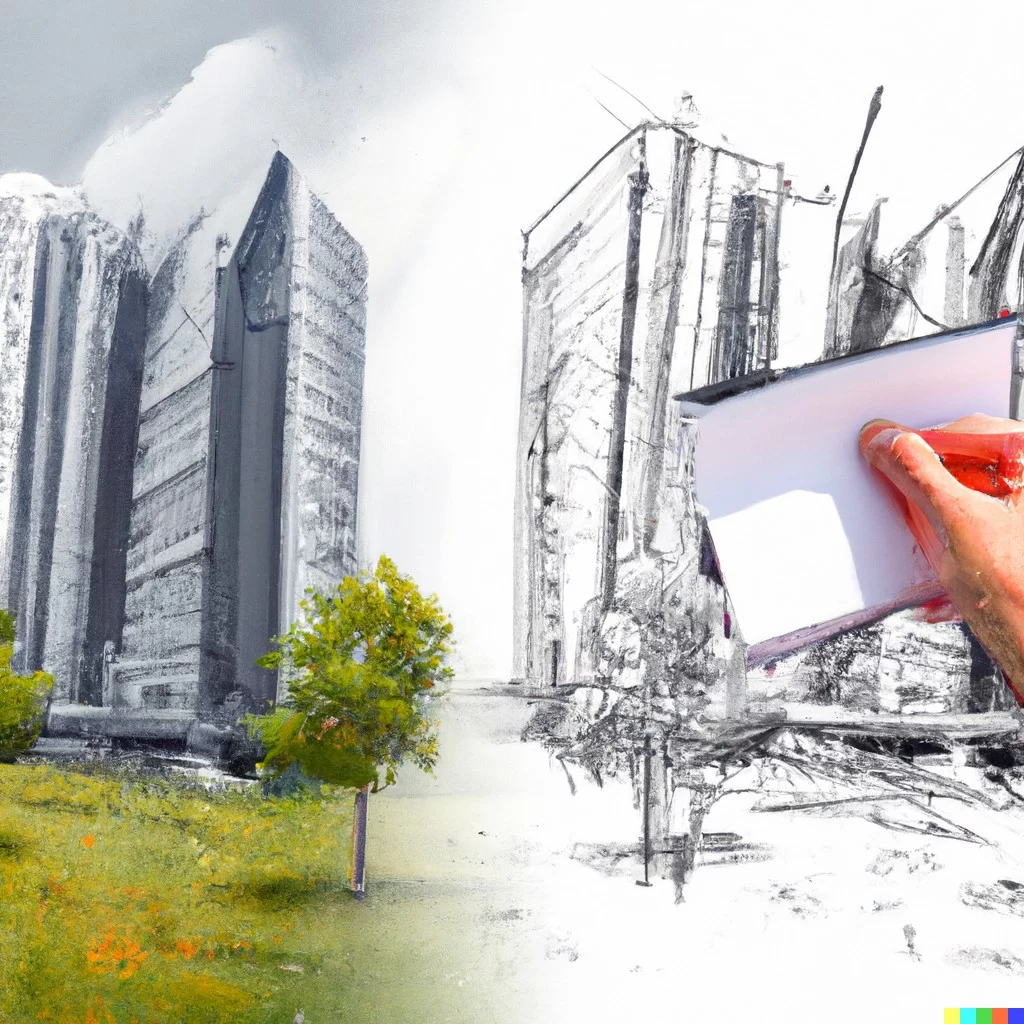
Efficient Workflow
3D modeling can also help to streamline the architectural design process. With a 3D model, architects and designers can make changes to the design quickly and easily. This flexibility can save time and resources during the design process and allow architects to explore different design options more efficiently.
In addition, 3D modeling can help architects to better understand the building’s structural and spatial requirements. With a 3D model, architects can test different design elements, such as window placement or room size, to determine their impact on the building’s overall functionality and aesthetics.

Advanced Technology
Advances in technology have made 3D modeling more accessible and efficient than ever before. With software like Autodesk Revit, SketchUp, and Rhino, architects and designers can create detailed and accurate 3D models quickly and easily. These programs allow architects to input their sketches and drawings and create a 3D model that is true to scale and detail.
In addition, 3D printing technology has allowed architects to create physical models of their designs. These physical models can be used for presentations, to help clients better understand the design, and for testing design elements.
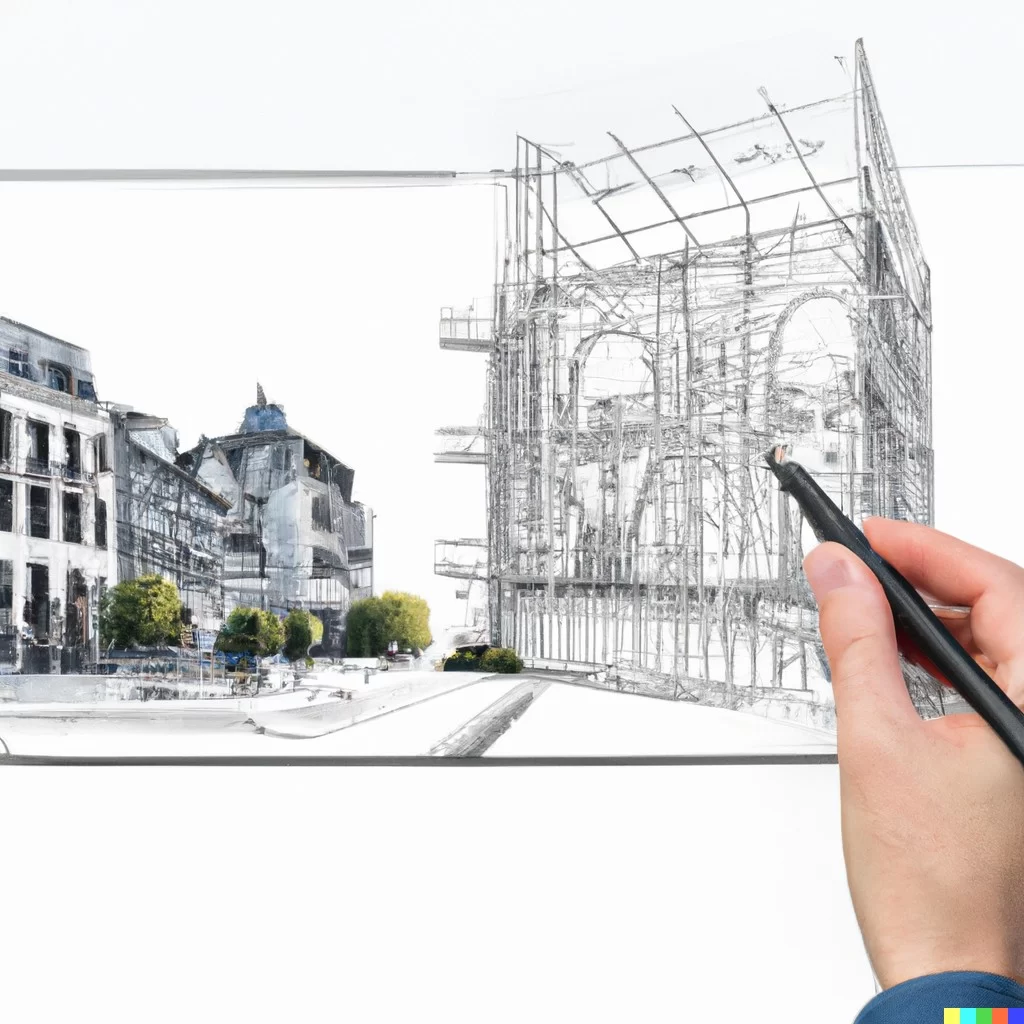
Conclusion
In conclusion, 3D modeling is an invaluable tool for architects and designers when it comes to architectural concept design. By creating a detailed and accurate representation of a building’s design, architects can better visualize the space, identify design flaws or issues, and communicate their ideas more effectively. Additionally, advances in technology have made 3D modeling more accessible and efficient than ever before, allowing architects to create detailed and accurate models quickly and easily. As such, 3D modeling is a vital tool in bringing an architectural sketch to reality.


